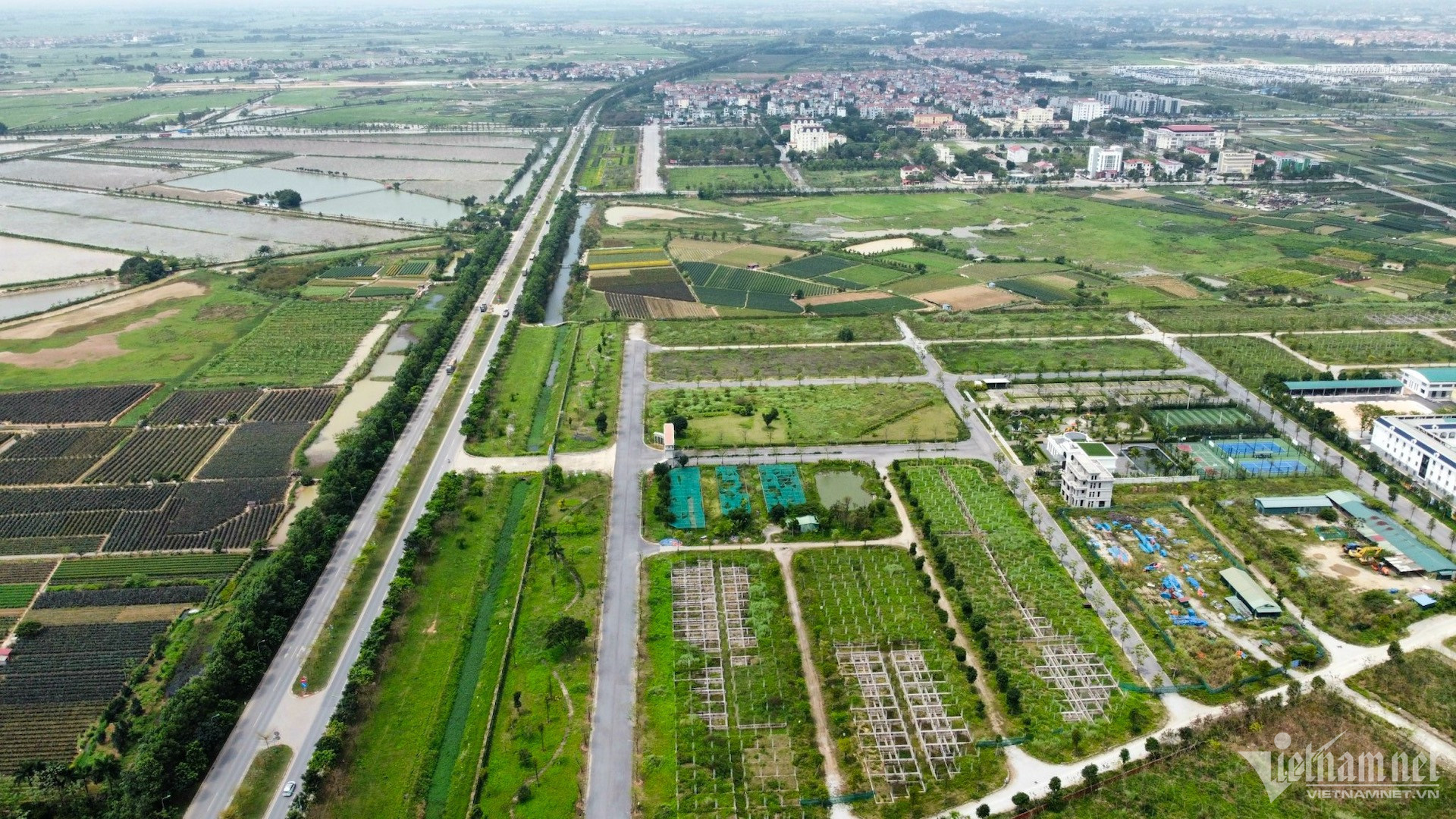
The 2024 Land Law has officially taken effect, bringing substantial changes from both practical and academic perspectives under the lens of development. However, one crucial area still requiring refinement is the land pricing framework and its management.
At the Vietnam Economic Growth Forum 2025 held in early July, Deputy Prime Minister Nguyen Chi Dung cited a startling figure: 2,887 stalled projects nationwide with total investments of $235 billion and covering over 347,000 hectares. He emphasized that without institutional reform - especially in land management and investment environments - Vietnam’s double-digit growth ambitions will remain elusive.
Striking a balance among stakeholders
Effective from January 1, 2025, the revised land price framework under the new law aims to bring land prices closer to actual market values. This has immediately impacted individuals, households, businesses, government agencies, and the broader real estate market.
The Ministry of Natural Resources and Environment explained the rationale behind higher land prices: the new approach aims to ensure fairness and harmonize the interests of all stakeholders. For example, individuals seeking to convert land use purposes must contribute more appropriately to the state budget, while those whose land is reclaimed should be compensated fairly at market rates.
Before the 2024 Land Law, state-issued land prices were far below market value. This created imbalances: landowners received low compensation upon expropriation, while those converting land paid less than the land's actual worth. Now, aligning land prices more closely with market rates increases the cost of land-use conversion.
Similarly, businesses converting agricultural land for housing, urban development, or transportation infrastructure now face a shared concern: how to calculate appropriate land-use fees under the new pricing framework.
What makes a land price "right"?
A “correct” land price - or more precisely, a sound land pricing policy - must meet three key objectives:
First, it should fairly balance interests between those reclaiming land and those being dispossessed, reflecting market transaction values and infrastructure development costs. If this balance is not achieved, disputes are likely.
Second, it must ensure land accessibility for development. If land prices are too high, real estate developers may reduce their project scale, shrinking the housing supply and driving prices up. Gradual price adjustments, transitional mechanisms, and zoning-based limits are tools that require a suitable pricing framework.
Third, land pricing must safeguard state budget revenue. This demands a long-term vision and technical tools like comprehensive land data systems. Crucially, land-based revenues should make up only a modest portion of total government income, not the majority.
Lessons from abroad
Different countries offer valuable models. In China, despite rapid development, land market liberalization remains limited. The state still tightly controls agricultural land prices when converting to commercial use.
South Korea uses three distinct land pricing systems: market value, tax purposes, and forced relocation projects.
Japan adds a fourth - rosenka, a street frontage value used for inheritance tax calculations. The country also integrates infrastructure development with land consolidation, ensuring that residents benefit from redevelopment outcomes.
Despite varying systems, the common principle remains: land policies must align with national development goals.
Vietnam’s path forward
For Vietnam, a key lesson is the development of multi-layered land pricing databases. Past challenges - like concentrating too much land conversion power at the local level or over-relying on land-based revenue - have fueled real estate bubbles and market distortions.
Another critical issue: even if prices align with market rates, what market are they aligned with?
A developing society has multiple goals, stakeholders, and data layers for land valuation. For instance, agricultural land, taxable land, housing development land, and transport infrastructure land each require different pricing benchmarks. A plot of land used for trade will not be priced the same as one used for compulsory acquisition or for tax purposes.
In addition, geographic context matters: pricing accuracy will vary across central urban cores, urban peripheries, rural areas, and agricultural zones.
To resolve these institutional bottlenecks - especially in land management - Vietnam’s legal framework must go beyond fixing isolated clauses. What’s needed is a comprehensive view, scientific methodology, clear policy vision, and thorough impact analysis for each scenario to avoid post-legislation damage control.
With a new development mandate and updated administrative structure, Vietnam must adopt a modern land pricing policy tailored to diverse developmental needs. That includes building a multilayered land information system suitable for the characteristics and goals of each region.
PV